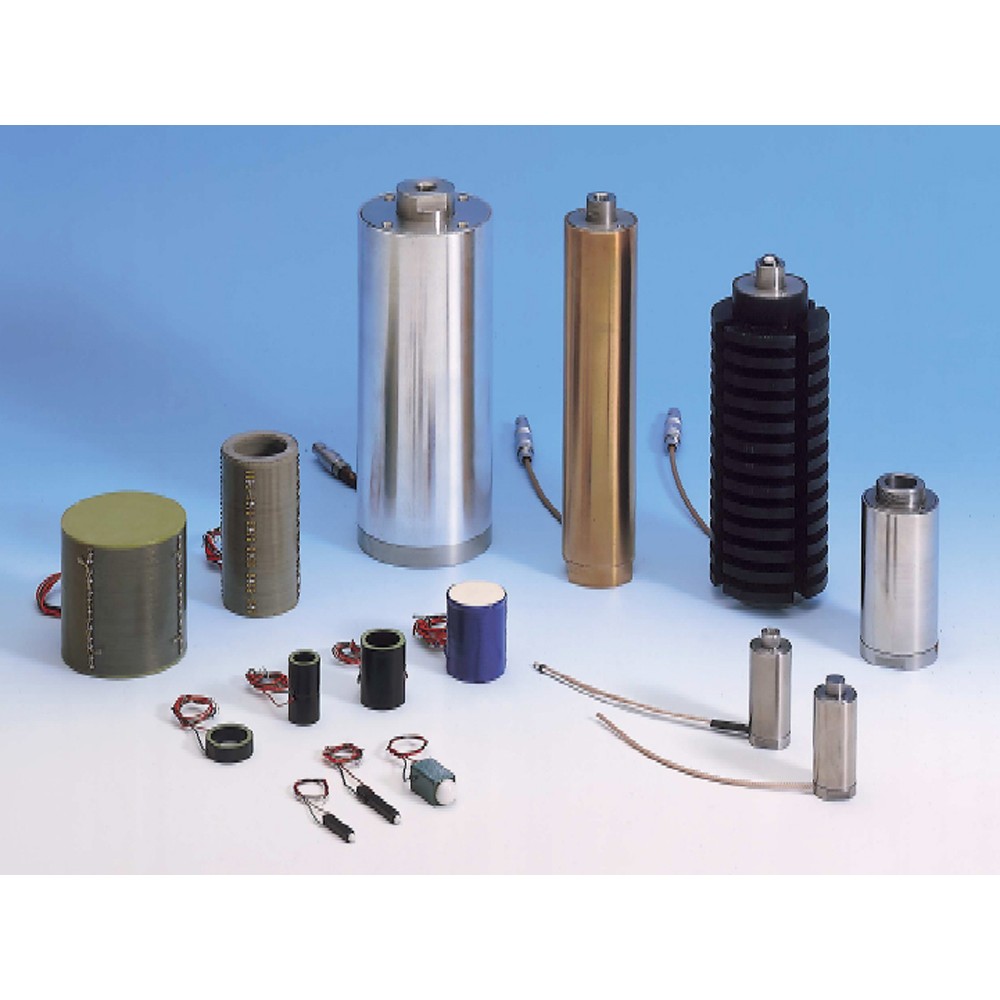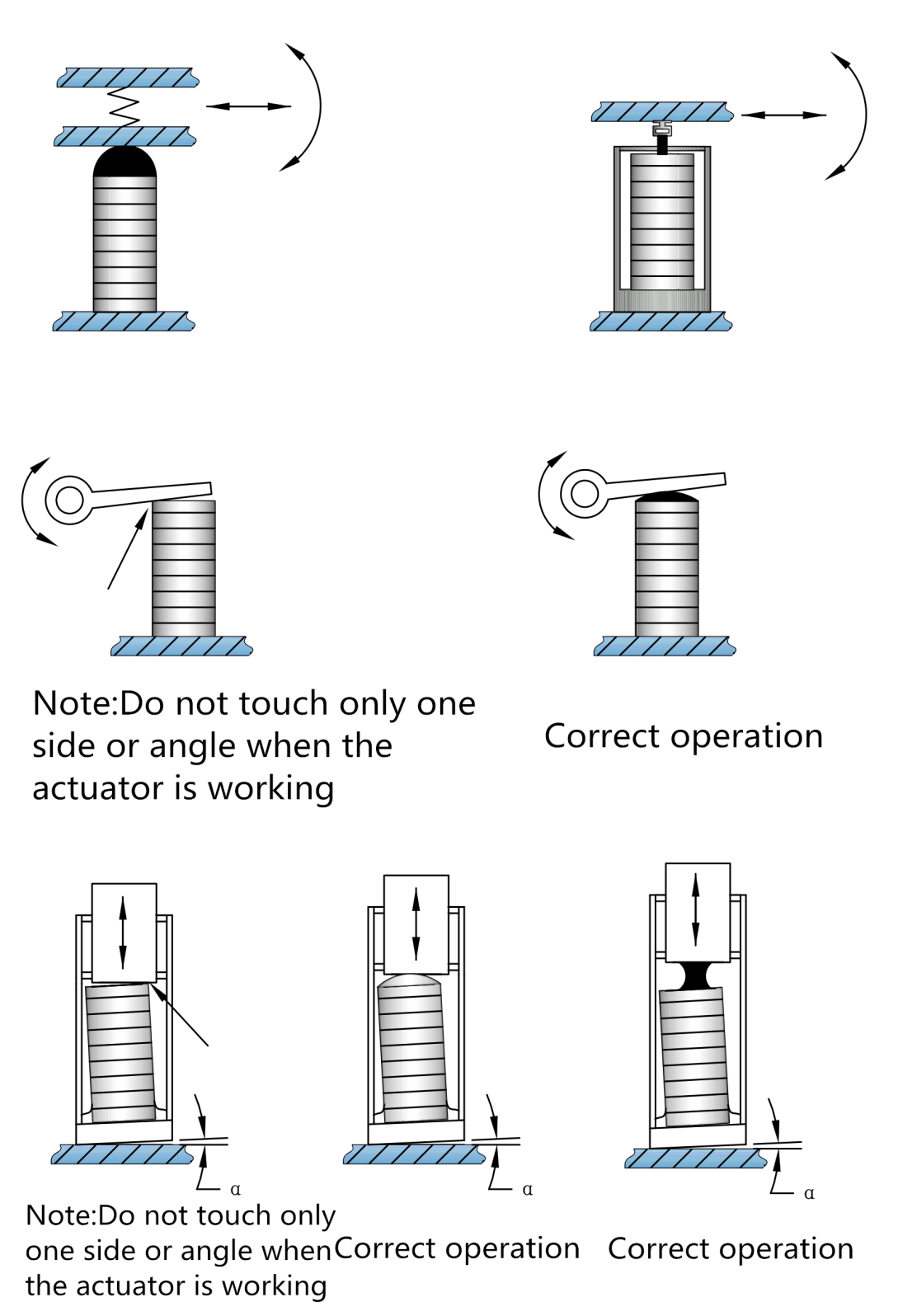

However, it should not be mistaken for a reference book for those who "already know it all." Readers of this book should be able to conceive actuator systems for their own applications to be able to compare their own alternative solutions carefully with other, existing potential solutions in terms of advantages and disadvantages. For this group of readers, it will serve as a reliable source of information and will also provide valuable additional reading for lectures and courses.

It is written for engineers of measuring, control, andĪutomation technologies, and especially for potential users of actuators and actuator systems, as well as for students of the related sciences.

It highlights a broad range of potential application fields giving representative examples of these applications. This book elucidates the ongoing development of actuators. The final controlling element became a microelectronic-compatible actuator, and the final controlling equipment became an actuator system, in some cases with a standardized interface, and sometimes equipped with sensor technology to improve the imperfect transfer properties. This development resulted in the integration of electronics into the purely mechanics-oriented field of measuring, control, and automation technologies of the time. Additionally, the lower costs of computing power allowed the introduction of more modern methods of controller synthesis, improved control algorithms, and increased the importance of actuator principles and materials. With the establishment of microelectronics it became possible to connect actuators directly to the processor. This development triggered new impulses for the field of actuator engineering. The fact that the price of computing power has decreased steadily led to additional possibilities of gathering process information, such that the application of microprocessors in very small systems seemed useful. This leads to a wide variety of new sensor developments with respect to the type of measured quantity, operating principle, properties of the device, and application field. One of the reasons might be the growing desire to gain as much information as possible about processes with the aim of better technical, economical or ecological control. Seen from this point of view, it is surprising that during the past few years, the focus has mainly been on sensor technology rather than the development of actuators. Sensors only fulfill real system functions in a closed control loop providing the processor with all the required process information so that the processor, as an executive component, is able to provide the actuator with the "correct" signals. In this regard, they are even "more necessary" than a sensor. Actuators are an indispensable system component whenever systems must be controlled and are equally essential for the implementation of mechatronic systems and in microsystem technology. Typesetting: Data of authors, final conversion by LE-T£X Jelonek, Schmidt & Vockler GbR, Leipzig Cover design: medio Technologies AG, Berlin Production: LE-T£X Jelonek, Schmidt & Vockler GbR, Leipzig Printed on acid-free paperĪctuators have wide-ranging applications in our everyday environment, from CD players, cameras, communication devices, household appliances, radiators, air conditioners, machine tools, cars, watercraft and aircraft to respirators and artificial extremities.
#Piezo actuators in vending machine free#
in this publication does not imply, even in the absence of a specific statement, that such names are exempt from the relevant protective laws and regulations and therefore free for general use. ©Springer-Verlag Berlin Heidelberg 2004 Originally published by Springer-Verlag Berlin Heidelberg New York in 2004 Softcover reprint of the hardcover I st edition 2004 The use of general descriptive names, registered names, trademarks, etc. Violations are liable for prosecution under the German Copyright Law. Duplication of this publication or parts thereof is permitted only under the provisions of the German Copyright Law of September 9, 1965, in its current version, and permission for use must always be obtained from Springer-Verlag Berlin Heidelberg GmbH. All rights are reserved, whether the whole or part of the material is concerned, specifically the rights of translation, reprinting, reuse of illustrations, recitation, broadcasting, reproduction on microfilm or in any other way, and storage in data banks. Library of Congress Control Number: 2004109912 Hartmut Janocha Universtat des Saarlandes Fachbereich Elektrotechnik Lehrstuhl fiir Prozessautomatisierung 66123 Saarbriicken, Germany e-mail:


 0 kommentar(er)
0 kommentar(er)
